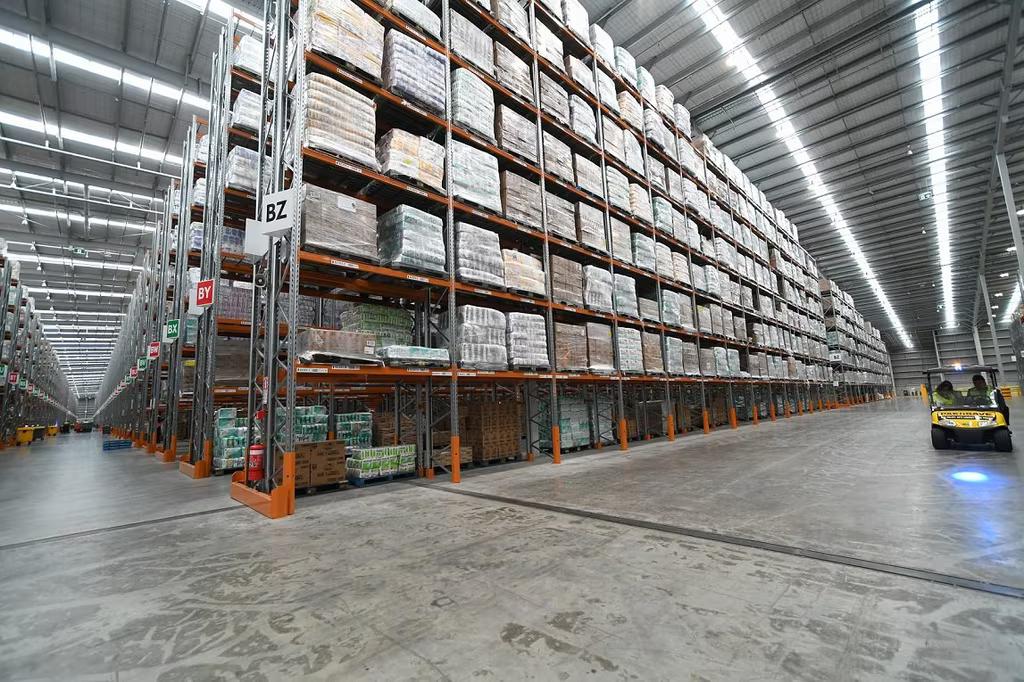
Media Release: Costs from grocery suppliers to supermarkets increase 2.0%pa in October
The pace of supplier cost increases to Foodstuffs supermarkets moderated further in October, with the Infometrics-Foodstuffs New Zealand Grocery Supplier Cost Index (GSCI) showing an average 2.0% increase in what suppliers charged in October 2024, compared to a year earlier.
“This annual increase is the lowest in around three years, with the annual increase in September 2021 also at 2.0%pa,” says Infometrics Chief Executive and Principal Economist Brad Olsen.
“October’s result saw a resumption in the downwards trend in the GSCI annual increase, with the annual gain moderating since late 2022. This result was driven by a smaller number of monthly changes in cost in October, after a few months of volatility in the number and magnitude of changes.”
The Infometrics-Foodstuffs New Zealand Grocery Supplier Cost Index (GSCI), commissioned by Foodstuffs New Zealand, measures the change in the list cost of grocery goods charged by suppliers to the Foodstuffs North Island and Foodstuffs South Island co-operatives. The Index utilises detailed Foodstuffs NZ data across over 60,000 products the Foodstuffs co-ops buy to stock in their 500+ stores, making it the largest dataset of its type in New Zealand, to give a real-time view on supplier cost changes.
Every month, the Index tracks what it costs supermarkets to buy the goods to put on the shelf. Previous analysis shows that supplier costs are the major component of supermarket prices, representing two-thirds of the on-shelf price.
“Month on month, just over 2,300 items increased in cost in October 2024 compared to the previous month—a more limited number than was seen in September,” says Mr Olsen. “The number of items increasing in cost each month remains above the average seen over 2018-2020, but continues to ease from higher levels seen over 2022-2024. However, there are still some larger increases occurring, with around one-in-10 cost changes in October 2024 being a larger than 20% increase.”
“Year on year, costs in October 2024 remained higher for all departments compared to October 2023. Around half the number of departments saw the same annual increases in October as in September. Produce cost increases remain limited, up 1.3%pa, as various vegetable costs were lower, limiting the overall increase. Higher butter and spreads costs kept chilled food increases higher. Some of the largest increases continue to be for noodles and cooking oils, with the latter driven by a fall in production globally.”
“Cost increases seem to be more concentrated in certain items that are facing supply issues globally like cooking oils and chocolate and cocoa, rather than more broad-based inflationary pressures. Slower wage growth and lower costs for some business inputs is also assisting this trend.”
ENDS
Note:
The Infometrics-Foodstuffs New Zealand Grocery Supplier Cost Index (GSCI), commissioned by Foodstuffs New Zealand, measures the change in the list cost of grocery goods charged by suppliers to the Foodstuffs North and South Island cooperatives.
List cost refers to the cost suppliers charge retailers before trade spend is applied; trade spend being any form of discount provided by a supplier to allow their goods to be discounted.
The Index utilises detailed Foodstuffs NZ data, across over 60,000 products, analysed by independent economics consultancy Infometrics to produce the GSCI and publish it on a monthly basis. For more details see www.infometrics.co.nz/product/grocery-supplier-cost-index.









